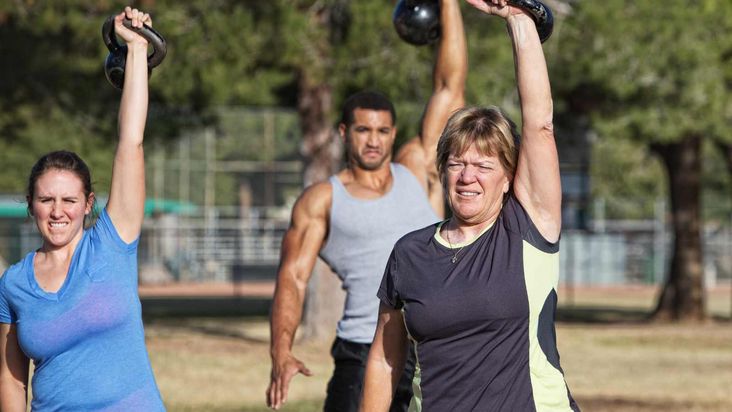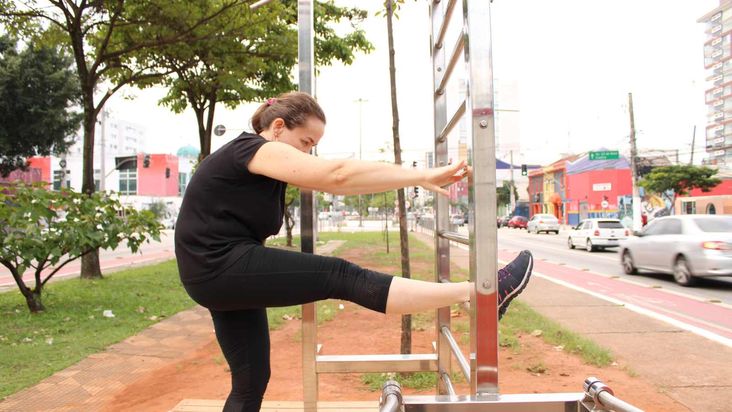The Potential Back-Damaging Effects: 10 Exercise Habits for Individuals over 50
As you age, your body requires more attention and care, and exercise is one of the best ways to maintain health. But some exercises can do more damage than good – hurting your back and other body parts if done incorrectly. Here are 10 exercise habits that can damage your back after 50. Steer clever or make adjustments if you’ve already crossed this age barrier.
Running on Hard Surfaces Without Proper Cushioning

Running is a great way to stay in shape and keep your heart healthy, but running on concrete or asphalt can wear down the joints and ligaments of your spine over time. Use proper footwear with good support and shock absorption when running on hard surfaces to prevent injury.
Squatting With Poor Form

Squatting is essential to many strength training routines, but if done incorrectly, it can strain your back. Maintain proper form throughout the squat movement – keeping your feet flat, chest up, and core engaged – to minimize stress on the spine.
Lifting Too Much Weight

After age 50, our muscles and bones lose strength and density. It’s important to use lighter weights when exercising after this age to prevent strain on the spine. If you can’t complete a set of repetitions with a given weight, reduce it or ask for help from someone else in the gym.
Skipping Warm-Ups

Jumping right into a strenuous workout routine can cause muscle strain and injury. Before beginning your workout, warm up with dynamic stretches or light cardio exercises. This session will help increase flexibility and mobility, reducing the risk of injury during your workouts.
Focusing Solely on Abdominal Exercises

Abdominal exercises are important for building a stronger core, but they can lead to chronic back pain if done incorrectly. Make sure you’re using the correct form when doing abdominal exercises, and also focus on strengthening other areas of the body, like your hips and lower back.
Doing Too Much Cardio at Once

Too much cardio can put a strain on your heart and lead to exhaustion. Start out slow with light cardio exercises and gradually increase the intensity of your workouts as you progress. Take breaks in between bouts of intense exercise, so that your body has time to recover.
Lifting With Your Back

It’s important to remember to use your legs, not your back when lifting heavy objects. Squatting down with a wide posture and using the strength of your legs can help prevent injury and strain on the lower back muscles. If you don’t have enough strength or balance to lift an object, seek assistance from another person.
Doing Too Many Repetitions

When working out, there’s no need to do endless repetitions in one sitting. Doing too many reps without proper rest can lead to muscle fatigue and strain your back muscles. Take breaks between sets and listen to your body for signs of exhaustion.
Not Getting Enough Exercise

Not exercising at all is just as bad as over-exercising. Lack of exercise can lead to muscle weakness and stiffness, which can strain your back if you suddenly engage in physical activity. Ensure you exercise regularly – even light activities like walking or yoga – to keep your back healthy and strong.
Ignoring Pain Signals

Ignoring pain signals and continuing to work out can harm your back. If you are experiencing discomfort or pain, taking a break from exercise and seeking medical attention if necessary is best. By listening to your body, you can prevent further damage and stay healthy.